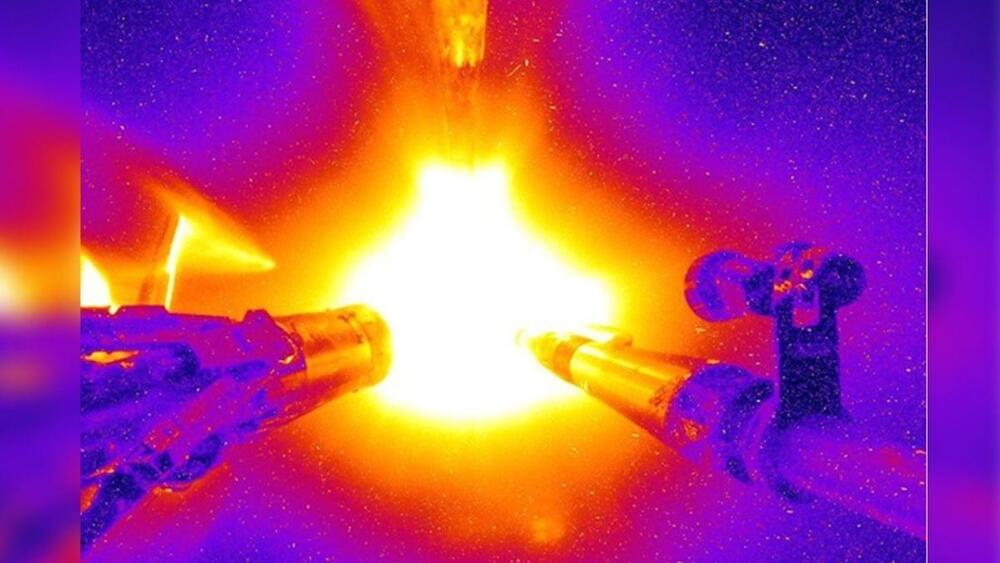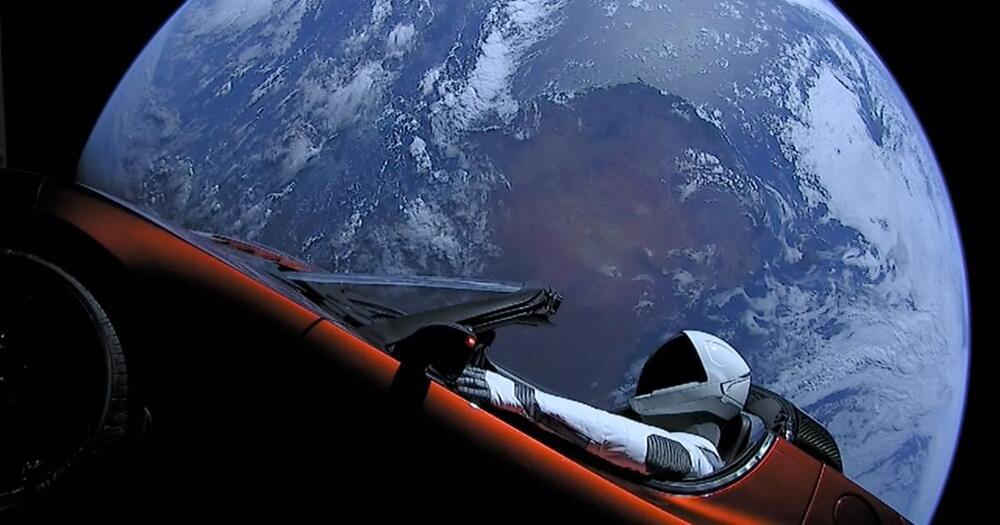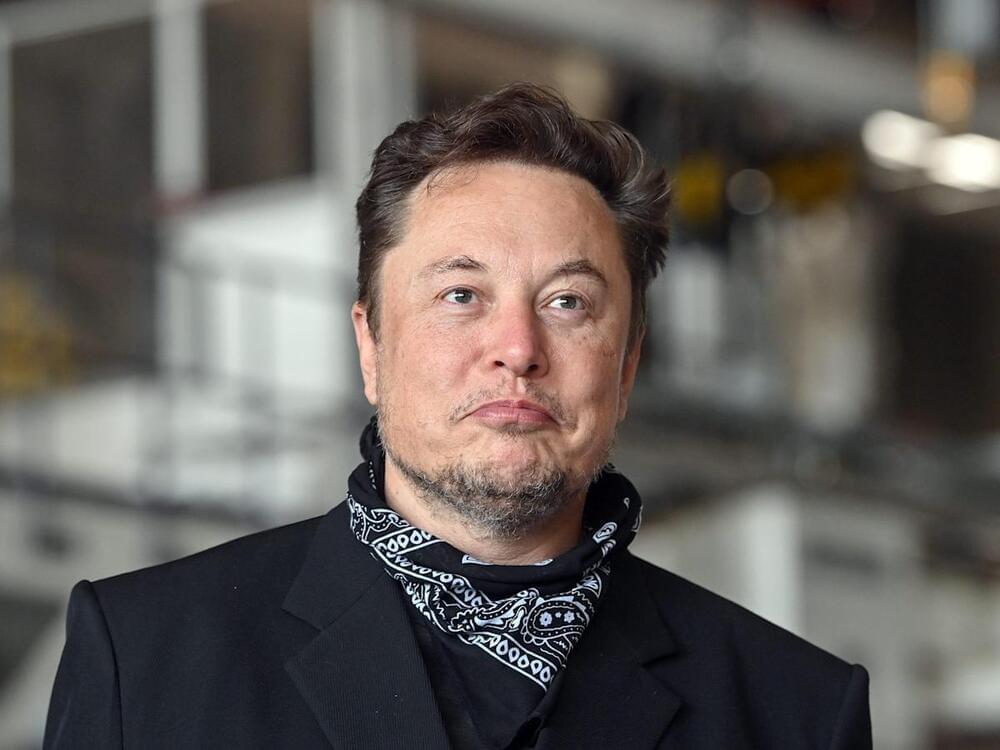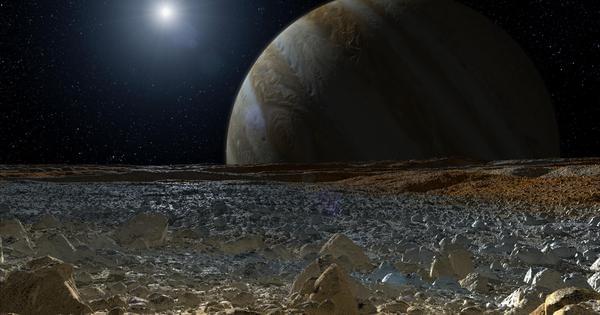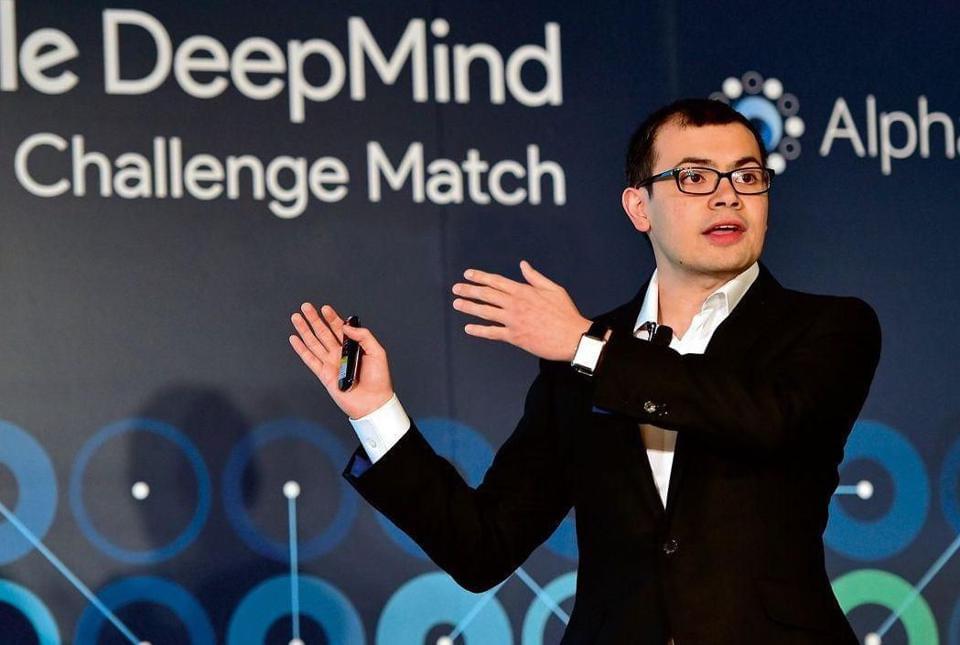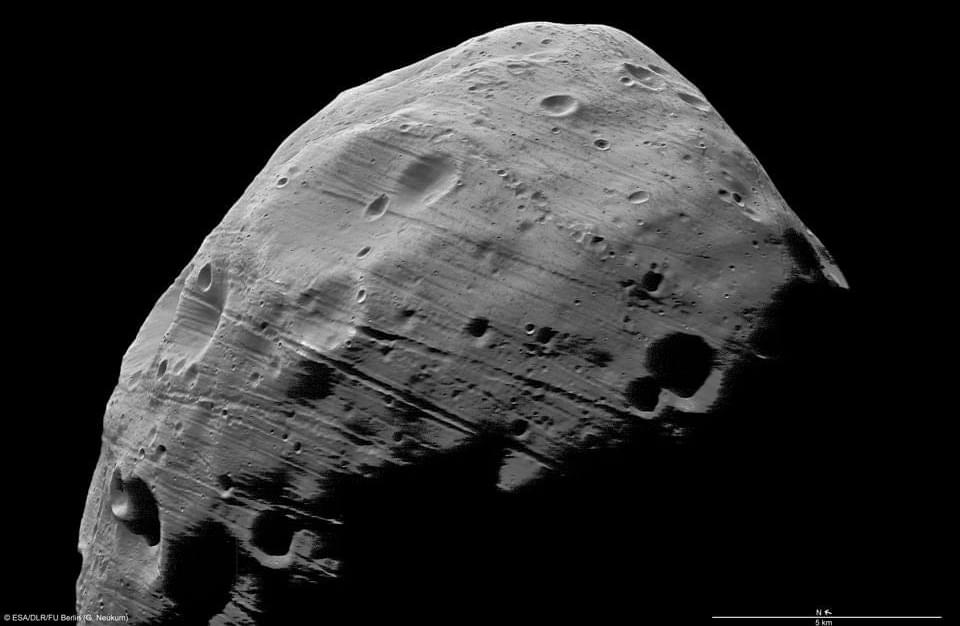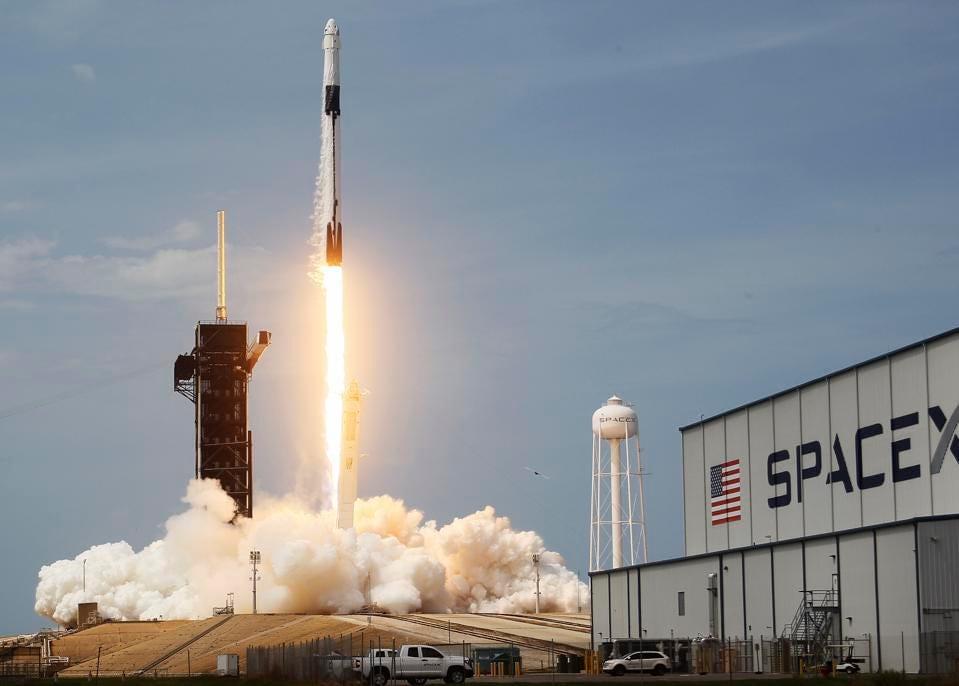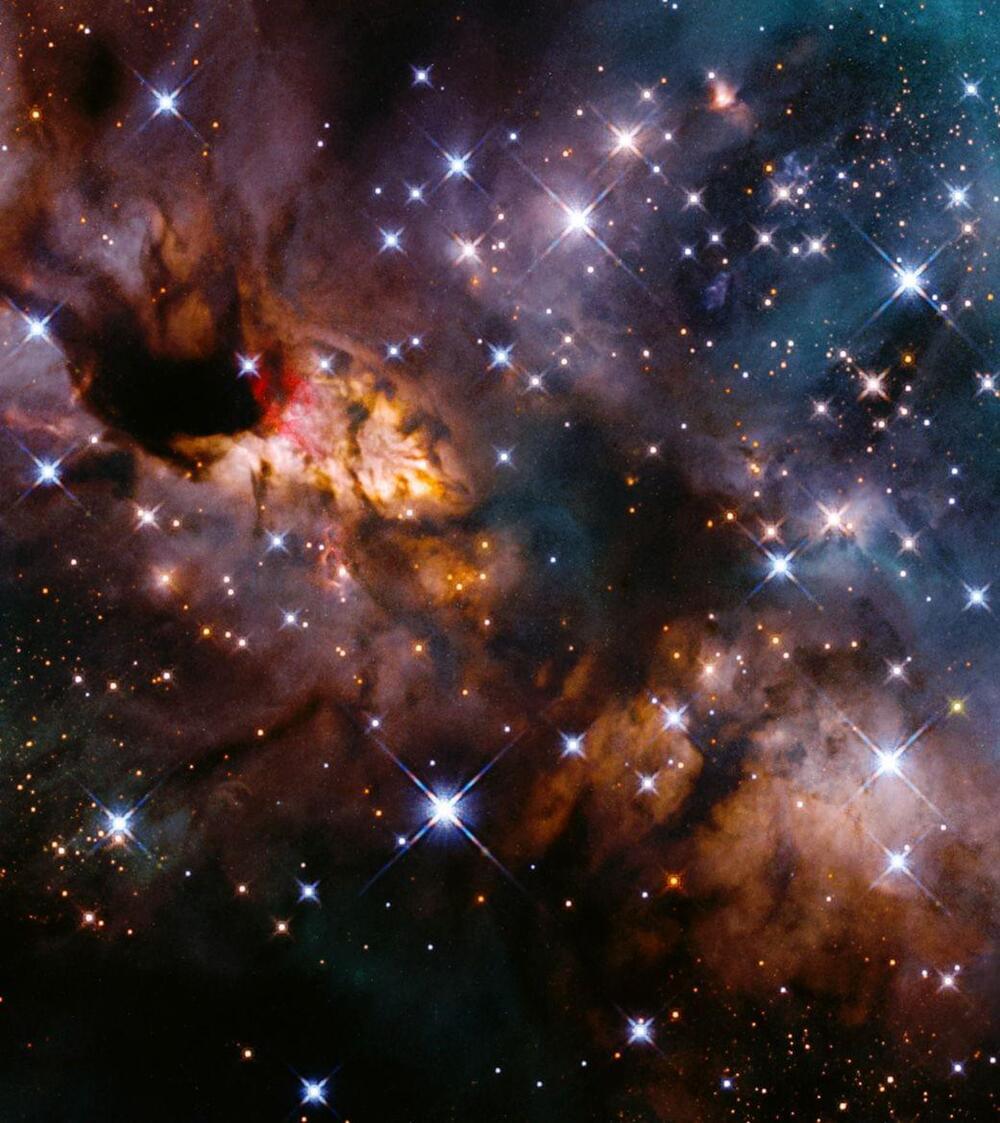If someone told you that the world’s biggest laser was in California that has something to do with space and national defence, you might imagine it was a super-weapon designed to blast enemy satellites out of the sky. But the reality is quite different. The new laser is a unique research tool for scientists, capable of creating the extreme conditions that exist inside stars and nuclear explosions.
The giant laser is located at the Lawrence Livermore National Laboratory (LLNL) in Livermore, California, and it goes by the rather cryptic name of the National Ignition Facility (NIF). That’s because, in the context of nuclear science, “ignition” has a very specific meaning according to the Lawrence Livermore National Laboratory. It refers to the point at which a fusion reaction becomes self-sustaining – a condition that is found inside the sun and other stars, but is extremely difficult to achieve in an earthbound laboratory. Triggering nuclear fusion requires enormously high temperatures and pressures, and that’s where NIF’s giant laser comes in.
